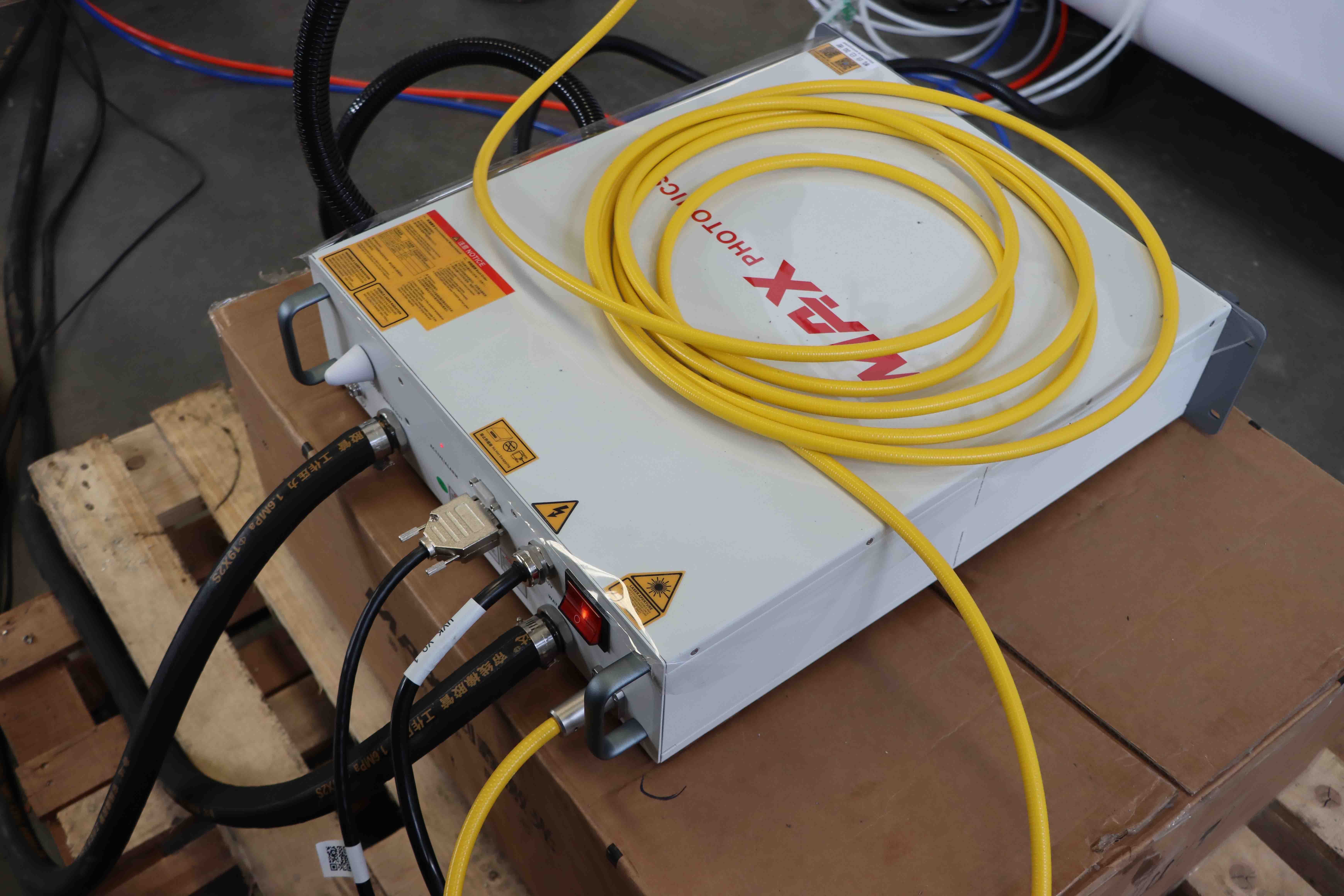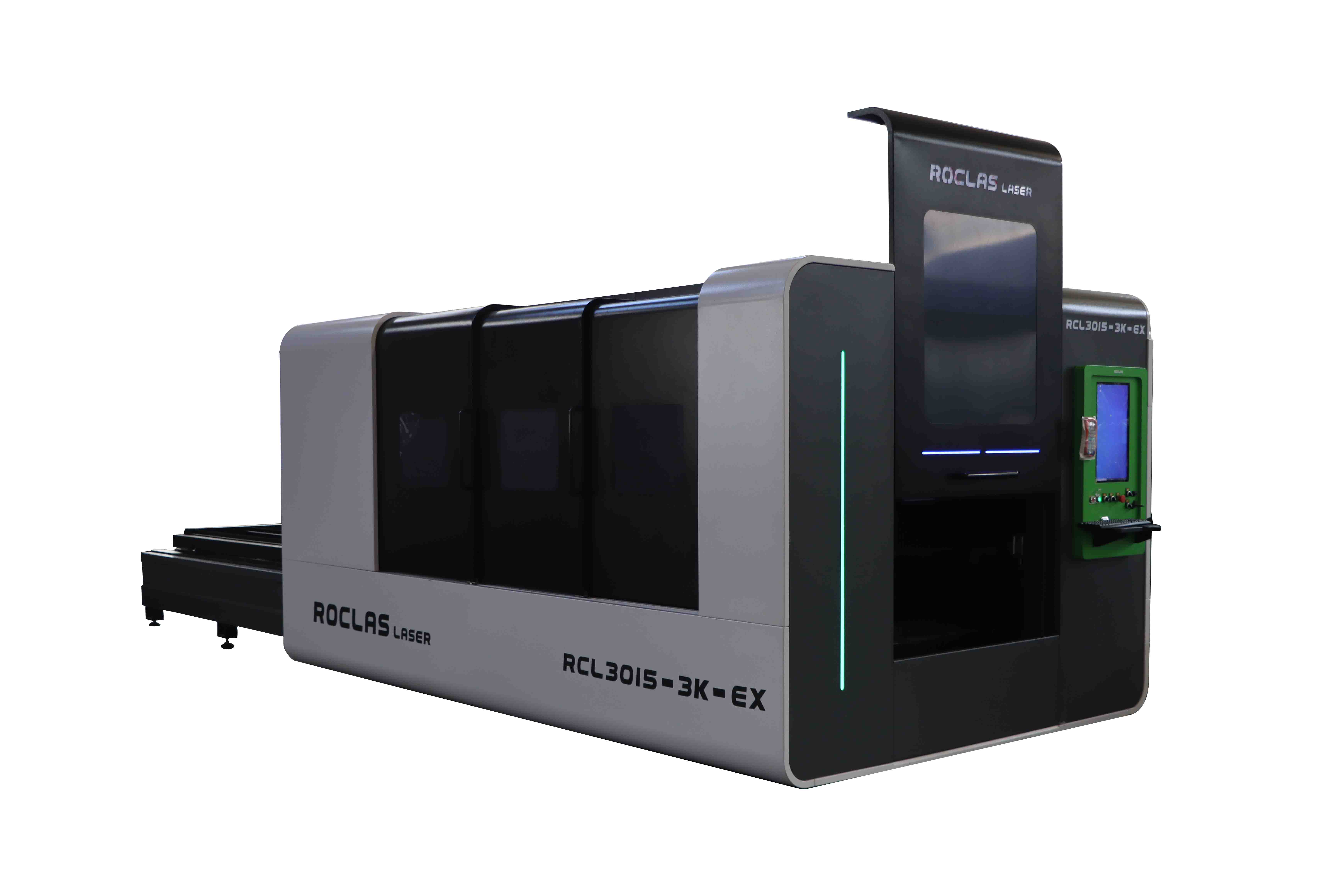---
Johdanto
In today's rapidly evolving industrial landscape, laser equipment has become an indispensable tool across various sectors, including manufacturing, healthcare, and creative industries. Whether you're looking to invest in a fiber laser cutting machine for precision metalwork or a CO2 laser for intricate engraving, making the right purchase decision is crucial. This comprehensive guide will walk you through everything you need to know before buying laser equipment, ensuring you make an informed choice that aligns with your specific needs and budget.

---
1. Understanding the Types of Laser Equipment
Before diving into the purchasing process, it's essential to understand the different types of laser equipment available in the market. Each type serves a unique purpose and is suited for specific applications.

1.1 Fiber Laser Cutting Machines
Fiber laser cutting machines are renowned for their precision and efficiency in cutting metals such as steel, aluminum, and copper. They are widely used in industries like automotive, aerospace, and electronics due to their ability to produce clean, burr-free cuts with minimal heat distortion.
1.2 CO2 Lasers
CO2 lasers are versatile machines used for cutting, engraving, and marking a wide range of materials, including wood, acrylic, glass, and textiles. They are popular in the signage, packaging, and fashion industries for their ability to create intricate designs with high precision.
1.3 Diode Lasers
Diode lasers are compact and energy-efficient, making them ideal for small-scale applications such as engraving, marking, and cutting thin materials. They are commonly used in the jewelry, medical device, and electronics industries.
1.4 NdYAG and NdYVO4 Lasers
These solid-state lasers are used for high-power applications such as welding, drilling, and marking metals and ceramics. They are often employed in the aerospace, defense, and medical industries.
---
2. Key Factors to Consider When Buying Laser Equipment
Choosing the right laser equipment involves evaluating several factors to ensure it meets your specific requirements. Here are the key considerations
2.1 Application and Material Compatibility
The first step in selecting laser equipment is to identify the primary application and the materials you will be working with. For instance, if you need to cut thick metal sheets, a fiber laser cutting machine would be the best choice. On the other hand, if you're working with non-metallic materials like wood or acrylic, a CO2 laser would be more suitable.
2.2 Power and Speed
The power of the laser determines its cutting and engraving capabilities. Higher power lasers can cut through thicker materials and work at faster speeds, but they also come with a higher price tag. It's essential to balance power and speed with your budget and production needs.
2.3 Precision and Accuracy
Precision is critical, especially for applications that require intricate designs or tight tolerances. Look for laser equipment with high-resolution optics and advanced control systems to ensure accurate and consistent results.
2.4 Size and Workspace
Consider the size of the laser equipment and the available workspace in your facility. Larger machines may offer more extensive cutting areas but require more floor space. Ensure that the equipment fits comfortably in your workspace without compromising operational efficiency.
2.5 Ease of Use and Maintenance
User-friendly interfaces and software can significantly impact the ease of operation. Additionally, consider the maintenance requirements of the laser equipment, including the frequency of lens cleaning, gas refills, and other consumables.
2.6 Safety Features
Laser equipment can pose safety risks if not handled properly. Look for machines with built-in safety features such as emergency stop buttons, protective enclosures, and fume extraction systems to ensure a safe working environment.
2.7 Budget and Cost of Ownership
While it's tempting to opt for the most affordable option, it's essential to consider the total cost of ownership, including maintenance, consumables, and potential downtime. Investing in high-quality equipment may have a higher upfront cost but can save you money in the long run.
---
3. Researching and Comparing Laser Equipment
Once you've identified your requirements, the next step is to research and compare different laser equipment options. Here are some tips to help you make an informed decision
3.1 Read Reviews and Testimonials
Customer reviews and testimonials can provide valuable insights into the performance and reliability of laser equipment. Look for feedback from users in similar industries to gauge how well the machine meets their needs.
3.2 Request Demos and Trials
Many manufacturers offer demos or trial periods to allow potential buyers to test the equipment before making a purchase. Take advantage of these opportunities to evaluate the machine's performance, ease of use, and compatibility with your materials.
3.3 Compare Specifications
Create a comparison chart of the specifications of different laser equipment, including power, speed, precision, and workspace size. This will help you objectively assess which machine best meets your requirements.
3.4 Consider After-Sales Support
After-sales support is crucial for the long-term success of your investment. Look for manufacturers that offer comprehensive warranties, technical support, and training programs to ensure you get the most out of your laser equipment.
---
4. Making the Purchase
After thorough research and comparison, it's time to make the purchase. Here are some final considerations
4.1 Negotiate the Price
Don't hesitate to negotiate the price with the manufacturer or supplier. Many companies are willing to offer discounts, especially for bulk purchases or long-term partnerships.
4.2 Verify Shipping and Installation
Ensure that the manufacturer provides reliable shipping and installation services. Laser equipment is often heavy and delicate, so professional handling is essential to avoid damage during transit.
4.3 Plan for Training
Proper training is crucial for the safe and efficient operation of laser equipment. Ensure that the manufacturer offers training programs for your operators to maximize productivity and minimize the risk of accidents.
4.4 Prepare Your Workspace
Before the equipment arrives, prepare your workspace by ensuring adequate ventilation, power supply, and safety measures. This will help streamline the installation process and minimize downtime.
---
5. Post-Purchase Considerations
Once your laser equipment is up and running, there are a few post-purchase considerations to keep in mind
5.1 Regular Maintenance
Follow the manufacturer's maintenance guidelines to keep your laser equipment in optimal condition. Regular maintenance can extend the machine's lifespan and prevent costly repairs.
5.2 Monitor Performance
Keep an eye on the machine's performance and address any issues promptly. Regular monitoring can help you identify potential problems before they escalate.
5.3 Stay Updated
Laser technology is continually evolving, so stay updated on the latest advancements and upgrades. This can help you stay competitive and maximize the potential of your investment.
---
Päätelmä
Investing in laser equipment is a significant decision that requires careful consideration of various factors. By understanding the different types of laser equipment, evaluating your specific needs, and conducting thorough research, you can make an informed purchase that aligns with your goals and budget. Remember to prioritize safety, quality, and after-sales support to ensure the long-term success of your investment. With the right laser equipment, you can unlock new possibilities and take your business to the next level.
---
Final Thoughts
Buying laser equipment is not just about acquiring a machine; it's about investing in a tool that can transform your operations and drive growth. Whether you're a small business owner or a large-scale manufacturer, the right laser equipment can enhance your productivity, improve product quality, and open up new opportunities. Take the time to make an informed decision, and you'll reap the benefits for years to come.
Riippumatta siitä, tarvitsetko yleistä neuvontaa tai erityistä tukea, autamme mielellämme.